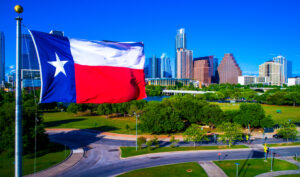Today, Oeiras is a municipality of reference, the result of four decades of detailed, thoughtful, avant-garde planning based on the unique and broad vision of Isaltino Morais. A man who became Mayor in 1985 and who, from the first moment, outlined a strategy that extended beyond the four years of his term: he planned, beyond himself, the creation of an innovative Municipality that, at the time, existed only in his mind, and in his dreams.
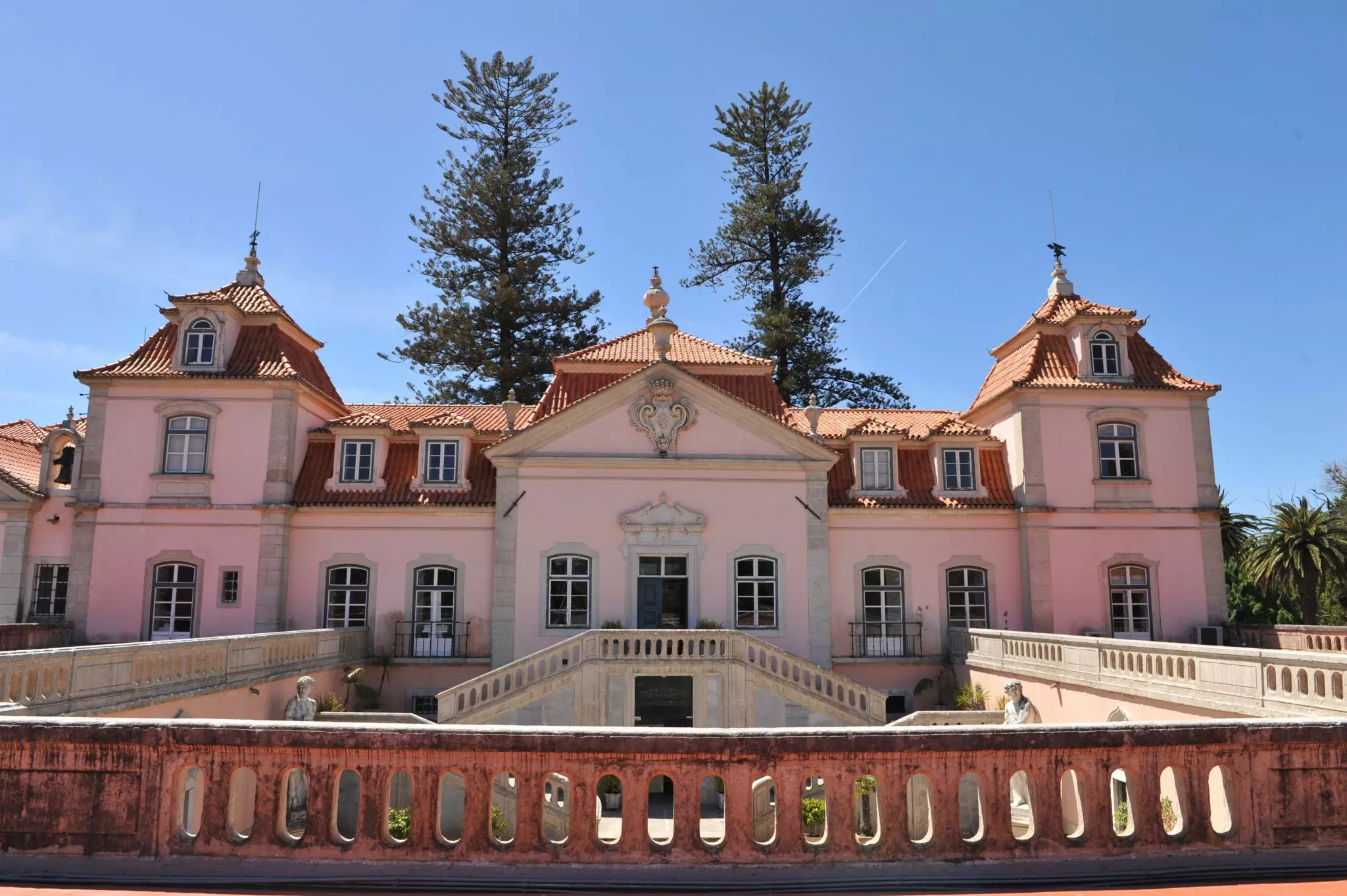
What Oeiras is this, and what was it like when – 10 years after the 25th of April – a man of only 35 won the autarchy? How does one take a peripheral municipality – a shanties-riddled dormitory with no business fabric to speak of with open sewers, and where not even the coastal area; the work of Mother Nature, was attractive – and turns it into what it is today?
We need to understand the past to better understand how far we’ve come.
A trajectory where one man’s aspiration mingles with the aspirations of a municipality that is now an indelible national and international reference.
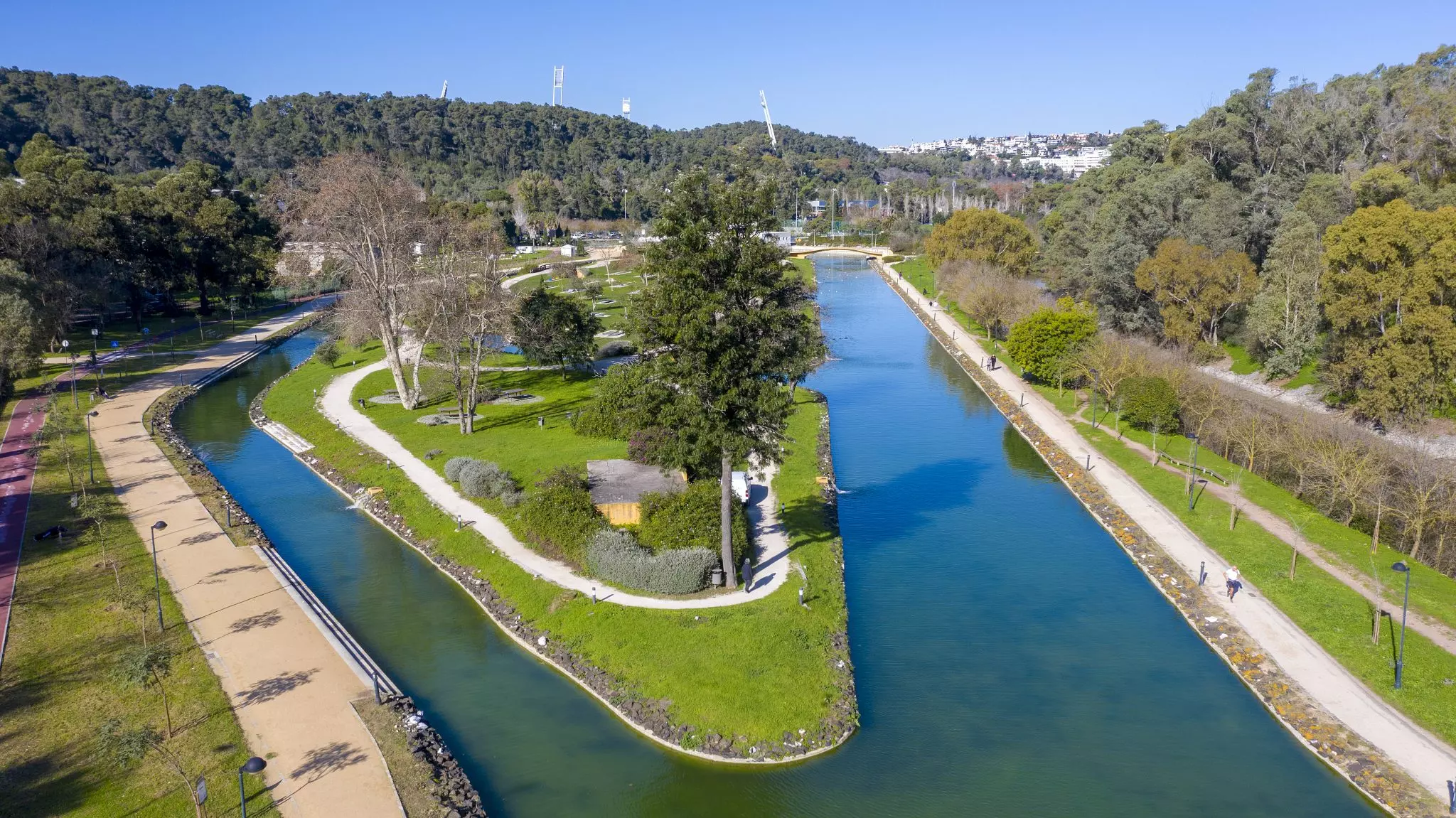
From the geographical and territorial point of view, Oeiras is easy to describe. It has an area of 46km2 and borders Lisbon, Amadora, Cascais and Sintra. On the south side, its feet are on the Tagus – a river that does not stop it, but rather expands it. It is a territory with two marks of historical significance: the prehistoric village of Leceia and the Marquis of Pombal, the undisputed ruler of this town in the 18th century. And then it fell asleep. It became shy for two centuries. It dwindled under the shadow of a Capital that makes this territory a place to sleep, among plots of illegal construction, and that was mentioned only as a place of passage between Lisbon and Cascais.
One must know the past to better understand the present. In the Portuguese context of the late 1980s, Oeiras was a place without magic, feeble, where not even the history of the Marquis seemed to have enough strength to come out of the shadows and away from the darkness, as if the century of Enlightenment had passed through here only to become eclipsed in the cloisters of collective memory.

Oeiras was a dormitory. Oeiras was one thing along the coast and another inland. Oeiras lived with its back to the Tagus. Oeiras was a place of illegal and dismal housing with some 5,000 shanties where open sewers flowed on muddy streets where children played ball… It is important to understand where we came from, the beginning of the reconstruction of a land that, above all, is the reconstruction of an identity that, over nearly four decades, forges itself into an iron will to be reborn from the ashes.
And this is where Oeiras becomes harder to characterize because the territory begins to experience the effects of a wide range of social, economic, cultural and heritage policies, among others. A meticulous, detailed work that allowed the territory to grow exponentially.
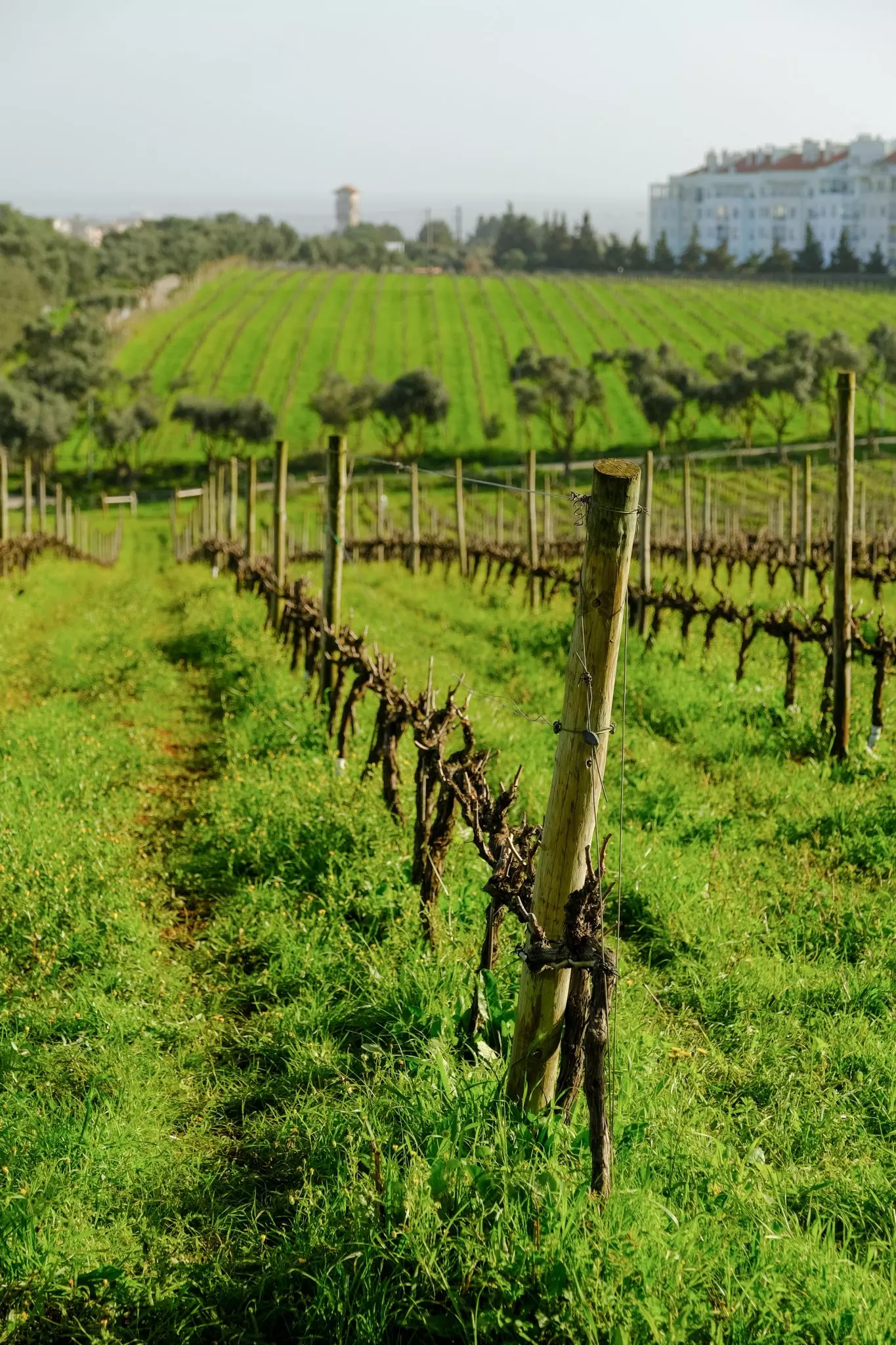
To build a political timeline of the transformation, we have to focus on the strategy designed and developed by the municipality from 1986 onwards. First, it was determined that where there is extreme poverty, there can be no progress. Since the purpose was to transform the territory, that transformation would have to start by creating the greatest social equity possible. So, the kick-off for today’s Oeiras was to put an end to the illegal
shantytowns, and giving everyone decent housing. It was the year 2003 when Oeiras concluded this operation.
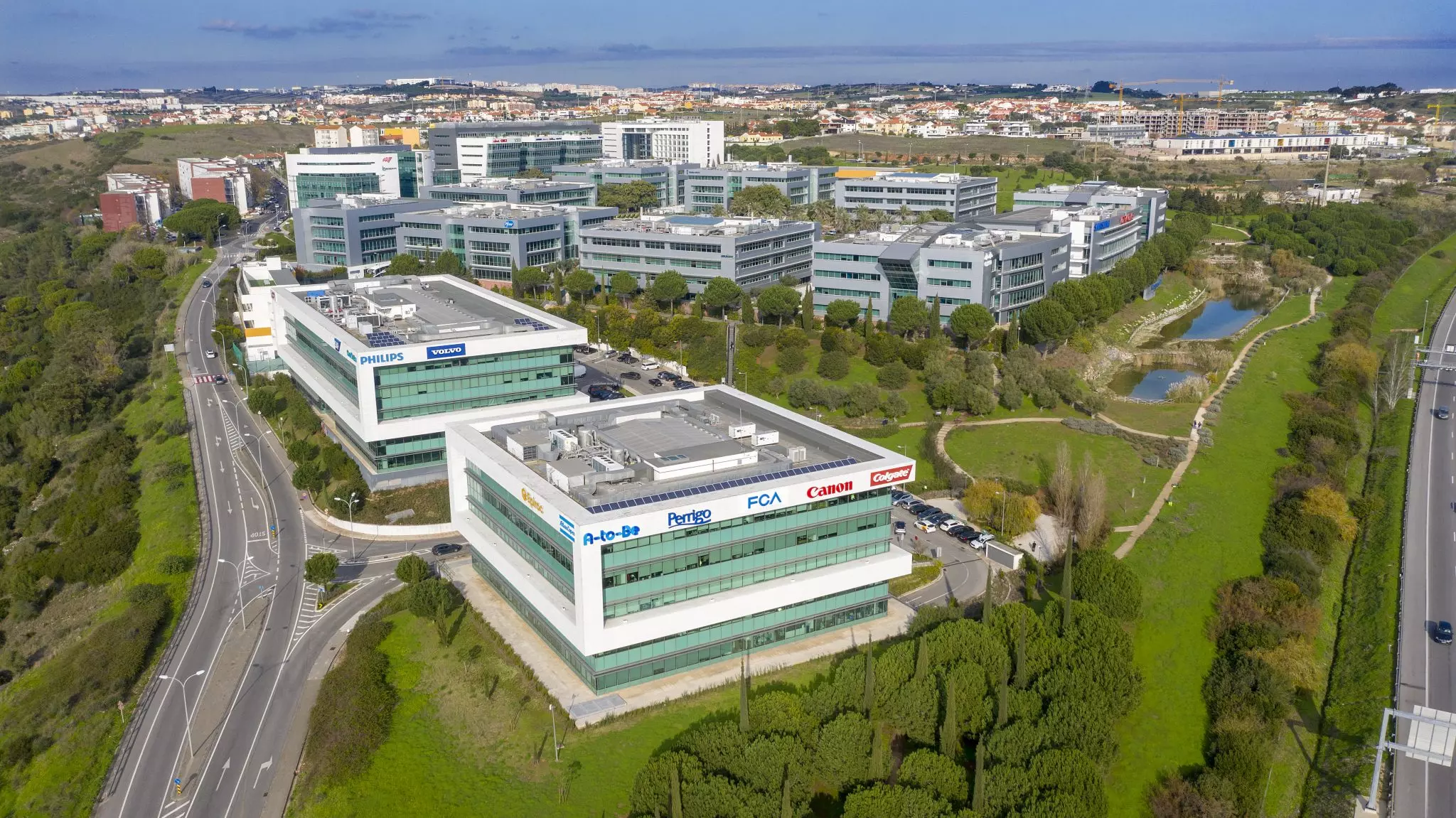
At the same time, strategically, business parks are born to encourage the establishment of corporate headquarters in the municipality, taking advantage of its proximity to Lisbon and the international airport.
Like a quilt that is sewn by selecting colours and stitches, Oeiras applied a strategic plan, not little by little, but accelerating over time, acting on areas that needed intervention (even some that were the responsibility of the central government but on which the Municipality intervened) on behalf of a territory that was being remade.

Seen from above, it’s like there is an invisible hand that keeps organising with a focus on the future: new schools appear, old schools are rehabilitated, housing is always one step closer to the needs of the people of Oeiras; Science and Technology centres are born, Culture becomes a focal point of investment, the historic heritage (both built and intangible) is revived (as is the case of the Villa Oeiras wine), the population is invited to exercise, universities and innovation companies are courted, provisions are made for a green and sustainable territory with the creation of parks and the requalification of the coastal area. Plans are made and things are made to happen according to the plans and according to the needs that arise, never neglecting the social area and the most deprived, and so the territory is rehabilitated, unified, and taken care of.
The “invisible hand” behind these policies and this development was the planning and ordering of the territory. The municipality is organized and infrastructures are created on a long-term logic: the municipal master plan, the detailed plans and the operational units are born.
Oeiras has undergone a radical transformation that not only makes it a reference but also allows the past to emerge more clearly, honouring the Marquis of Pombal’s heritage and the memory of those who came before us.
Oeiras is now able to quickly deal with a pandemic without this calling into question the plans outlined because it is no longer a feeble and weak municipality. It has responsiveness. It has the capacity to act. Slowing down is not an option. Today, Oeiras is the result of the strategic thinking of Isaltino Morais, a reference municipality for Portugal and the world. But, more importantly, Oeiras is a place where its people are proud to live.
Oeiras at the forefront of Technology and Innovation
Today, Oeiras is home to many technology-based companies, established all over the municipality and, particularly, in the Taguspark, Quinta da Fonte and Lagoas Park business parks, among others.
It is now the headquarters of research and development laboratories with world-class infrastructures, but one of the strategic lines of the Oeiras Valley brand is to make Oeiras the largest breeding ground of innovation, creativity and technology in Portugal, similar to Silicon Valley, so that it becomes a pole of attraction for the best talent, the best ideas and the best technology.
The goal is to make Oeiras the largest innovation ecosystem in the country, favouring the establishment of technology, pharmaceutical and research-based companies and stimulating the creation of jobs with high added value.
To that end, it is necessary to create conditions to place Oeiras on the international business map and strengthen its position as an exporting municipality. With that in mind, the investment forecast for the next six years is close to 400 million Euros in economic enhancement, education, housing, environment and territorial intelligence.
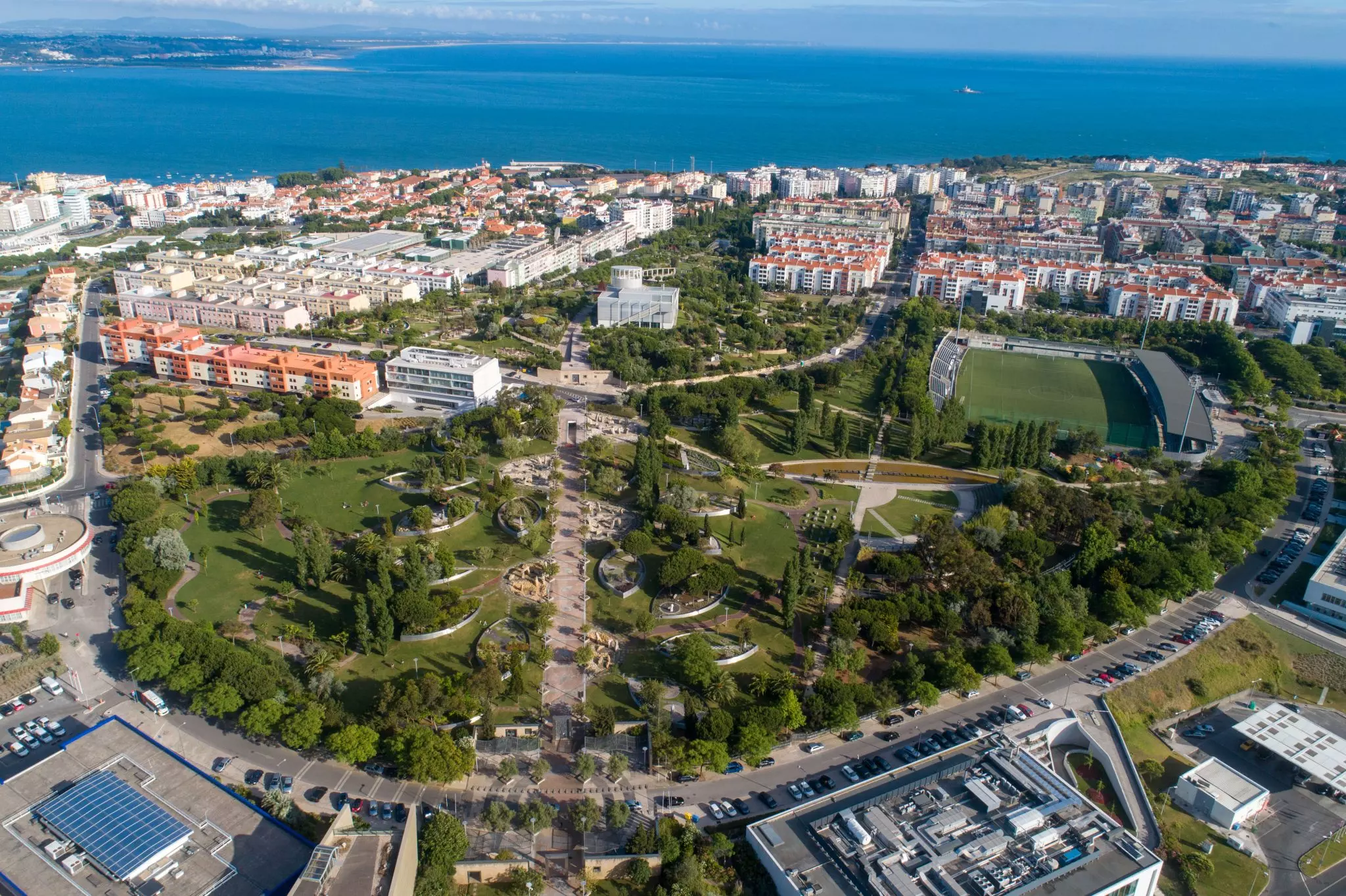
Electric Mobility
Oeiras is the first Municipality in the country with ultra-fast charging stations.
Altogether, there are 59 new charging points for electric vehicles distributed throughout the municipality. These are the first ultrafast electric vehicle charging stations in the country and are installed in Oeiras. They were inaugurated in December and affirm the innovation and technological advancement – in addition to the environmentally sustainable policy – acknowledged in the Oeiras Valley strategy.
The Municipality has 59 new charging points – 43 for normal, fast and ultra-fast charging and 16 shuffle columns – which are being installed throughout the territory. It is the most complete, comprehensive and modern electric vehicle charging network in the country, using pioneering cutting-edge technology.
This network will be able to charge up to 80,000 km/day and translates into the elimination of fossil fuels equivalent to 5,662 litres of diesel and 6,471 litres of gasoline.
Fast charging stations allow the full charging of electric vehicles in up to 45 minutes. With the new Ultra Fast points, it is now possible to charge 200 kilometres of autonomy in only 14 minutes in vehicles with higher power capacity.
The shuffle points, a total of 16 multifunction columns, will also allow normal electric charging of vehicles. The charger installed is the Efacec 22 kW “pole-mounts”, a multifunctional column for the charging of one vehicle at a time.
The regular charging points will charge electric vehicles in up to 60 minutes. These columns represent an investment of approximately 170 thousand Euros.
This investment aligns with others related to environmentally sustainable policies. Acknowledged as a municipality of excellence in the field of Technology and Innovation, Oeiras has also been asserting itself in Electric Mobility, in the context of a smart cities strategy.
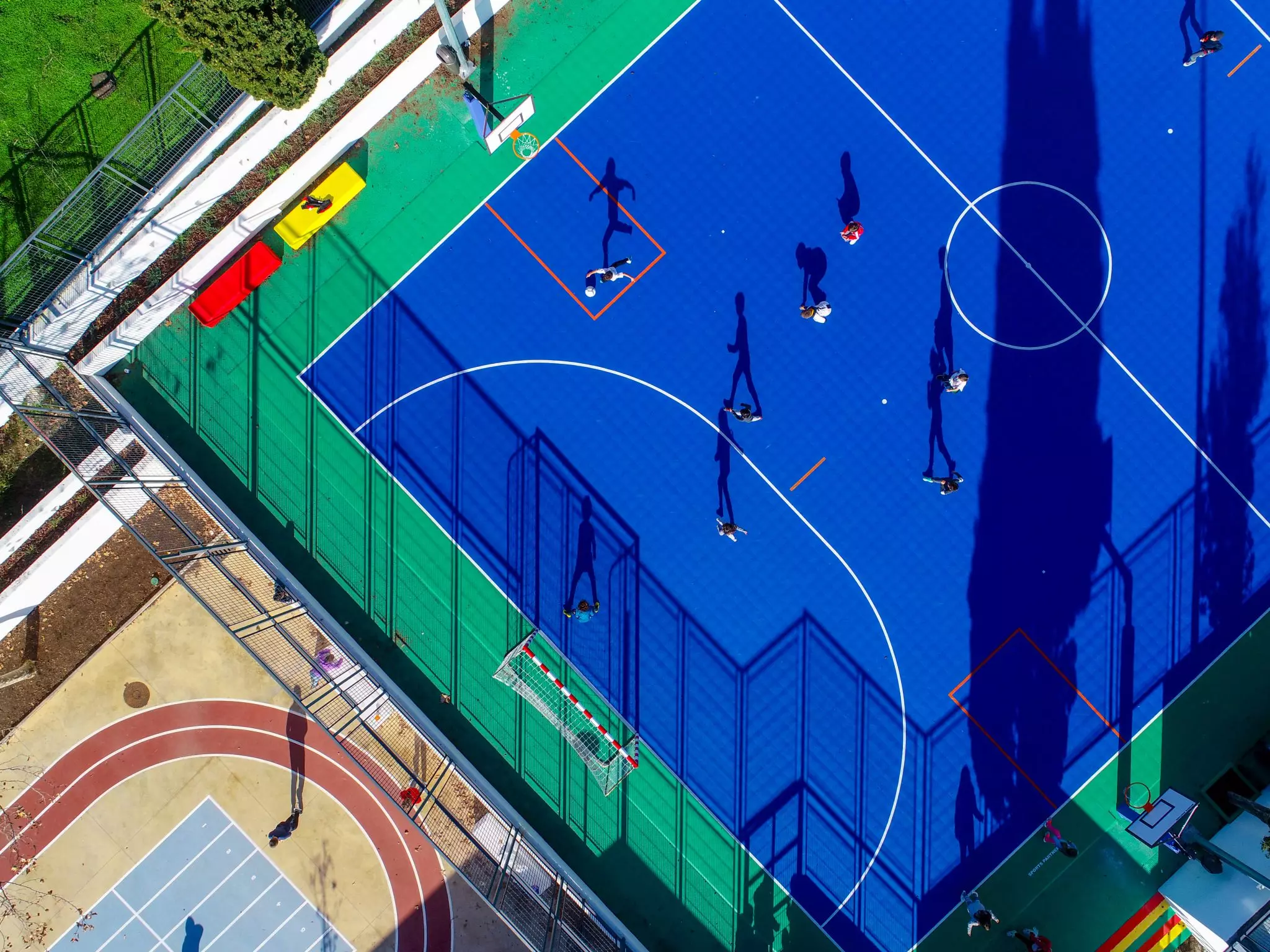
Scholarships allow 440 students to attend University
Aware of the importance of investing in the training of senior technical staff residing in the municipality and of the contribution of that training to a greater and more balanced social, economic and cultural development, the Municipality of Oeiras awarded seven merit scholarships and 440 scholarships for Higher Education to local students for the 2020/2021 school year.
This is an investment of 673 thousand Euros, 35 thousand in merit scholarships and 638 thousand in scholarships.
In addition to the scholarships the Municipality has been granting to students from lower-income families with a good academic performance, an additional merit scholarship that has now been created to distinguish and acknowledge the importance of civic participation and knowledge acquired in non-formal learning contexts.
The scholarships for students enrolled in courses leading to a degree with or without an integrated master’s degree and to a master’s degree – awarded according to the household’s income – were not subjected to a numerical limit. Scholarships were awarded to all eligible students who are demonstrably in need of support to continue their higher education studies.
Of the 463 applications submitted for the awarding of scholarships, 440 met the eligibility conditions. There were 26 applications for merit scholarships, of which seven were awarded to students who stood out for outstanding academic results and/ or life paths: five in the academic field, one in the social field and one in the sports field.
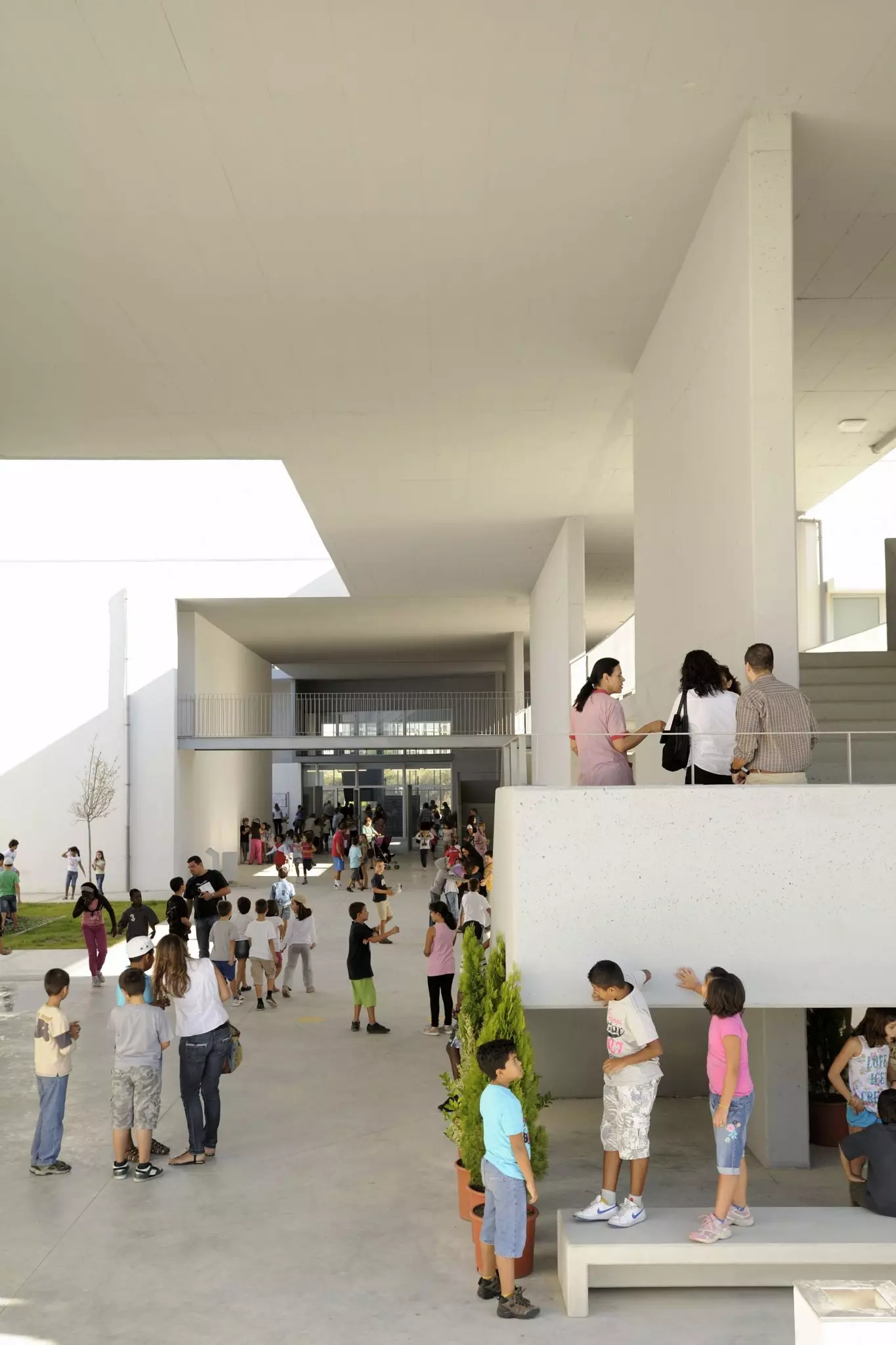
Municipality of Oeiras to recover and optimise the Maritime College Campus
The Mayor of Oeiras, Isaltino Morais, and the President of the Escola Superior Náutica Infante D. Henrique, Luís Filipe Baptista, signed a memorandum of understanding designed to breathe new life into that school campus, located in Paço de Arcos.
This agreement is part of the Science and Technology Strategy developed by the Municipality of Oeiras, which marks “a new development cycle, centred on the affirmation of the Oeiras Valley brand”.
“I have no doubt that six or seven years from now what Oeiras will remember is the priority given to Education, Science, Research and Technology and all the investment we are making – to which we have assigned 1% (around 2 million Euros) of the municipal budget – in these areas and that no other municipality matches”, said Isaltino
Morais.
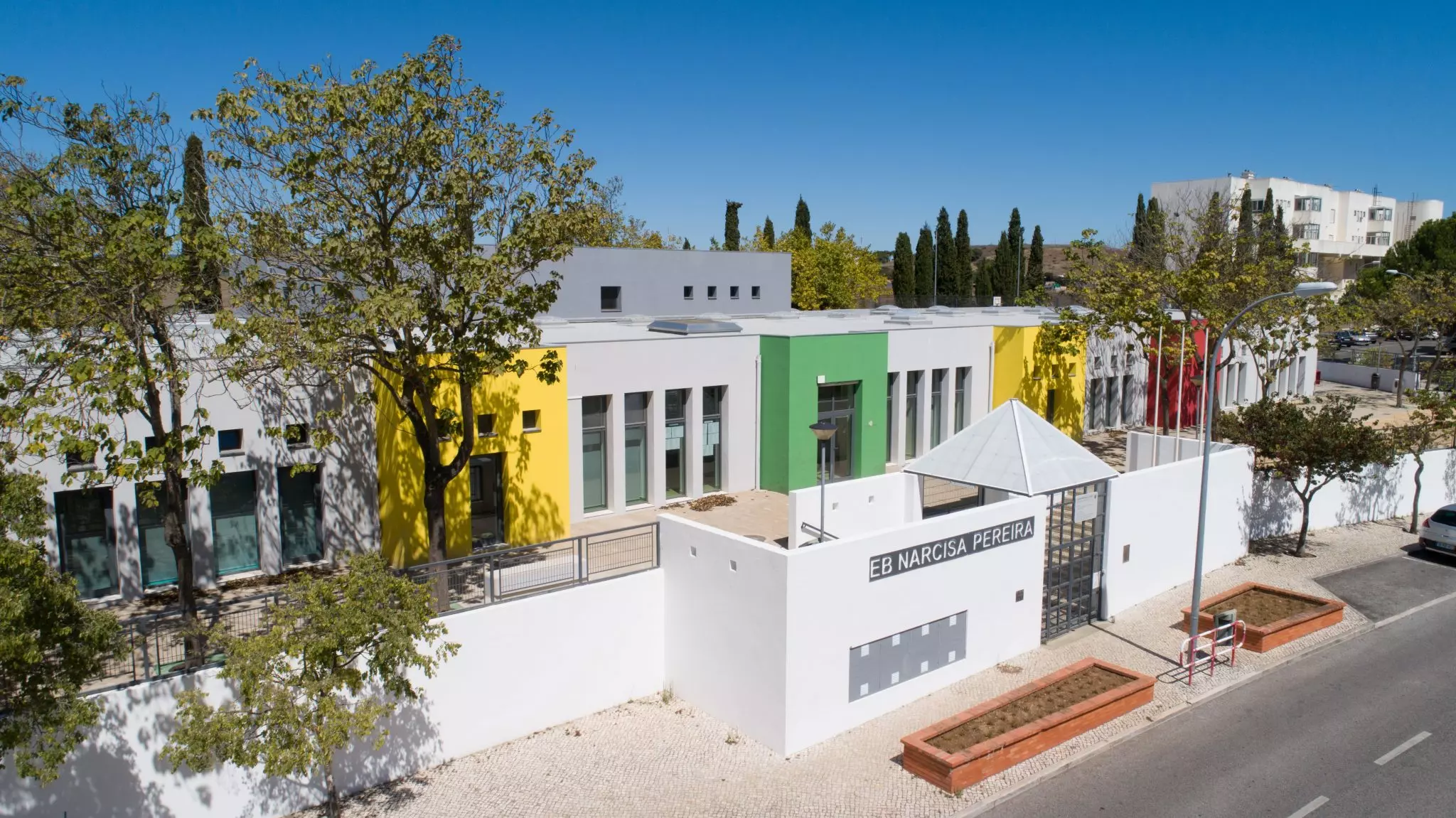
In terms of educational policies, the mayor also highlighted the construction of new schools in Porto Salvo and Linda-a-Velha, the asbestos removal in all education establishments by the next school year, the investment in technological equipment and the support to research.
“This memorandum is not an isolated initiative; it is part of a ‘puzzle’ that we are building – in the context of the affirmation of the Oeiras Valley brand – and in which we plan to invest 400 million Euros over the next six years”, he noted.
For the President of Escola Náutica, Luis Filipe Baptista, the agreement was a “long-awaited moment” that finally happens “thanks to the efforts of this Executive”.
“I am certain that this agreement will provide a new boost to the future development of the School and benefit the surrounding community. It will add value to the territory and leverage the blue economy and the sea cluster”, he added.
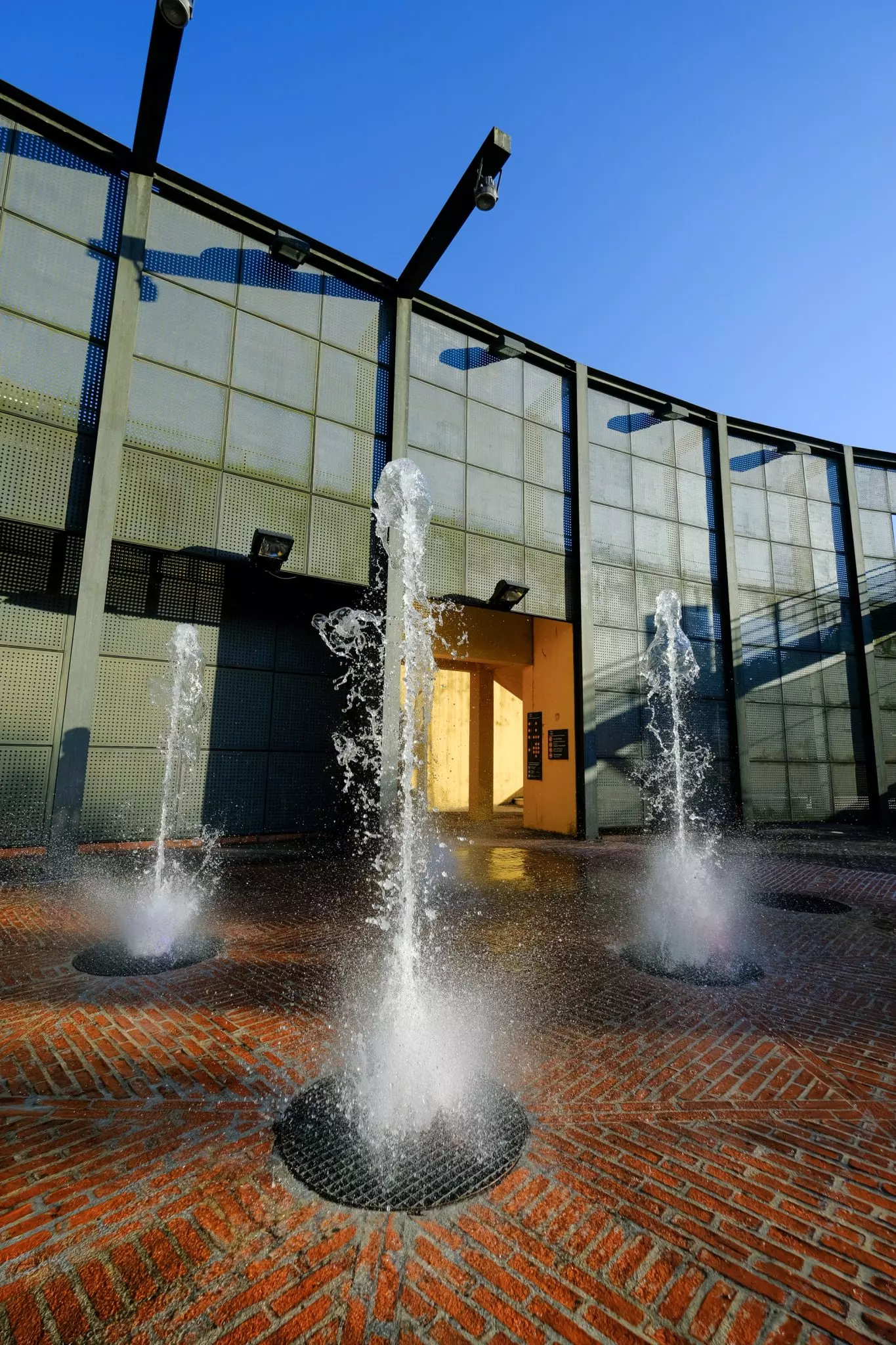
The memorandum of understanding foresees the requalification and more efficient use of the campus equipment – as is the case of the swimming pool, the outdoor sports centre, the diving tank and the rowing tank – for the benefit of the school community, the sports community and the citizens in general.
The document also includes the rehabilitation and optimisation of the Student Residence, a 4-storey building with 116 beds, a cafeteria and a study room for ENIDH students.
Some of the other steps planned include the creation of a research, innovation, entrepreneurship and Incubation Hub and the construction of new auditoriums on the school campus.
The landscape requalification and the improvement of accessibility and environmental quality will include the gardening of the space along the Coastal Road, the repaving of the streets in the school campus, the placing of waste collection points and the construction of a public car park on the west side of the School.
The agreement also includes the creation of a Maritime Safety Park for training and investigation activities of ENIDH, Civil Protection and Fire Corporations of the Municipality of Oeiras and neighbouring areas.
As for ENIDH, it shall promote scientific, pedagogical, cultural, educational, artistic and civic events and activities for different audiences (generalist, schools and families) that make its areas of knowledge and professional activities more accessible to society in general.
Likewise, it is sought to increase equity in the access to ENIDH’s scientific and technological knowledge, resources and means in the domains of the maritime-port sector, encouraging the creation of collaborative projects and services for the community; expand the visibility of ENIDH’s training offer with students from Oeiras’ schools through the Oeiras Educa + Program; and develop the cluster of sciences and technologies of the sea.
It is also intended to give visibility to the School’s cooperation, innovation and internationalization activities; to promote activities on nautical technologies and sciences; to promote marine robotics activities (autonomous vessels); and to integrate the ecosystem of institutions that, through the application to projects like Fundo Azul, EEA GRANTS and Erasmus +, can promote common research activities in the institution, contributing to territorial wealth.
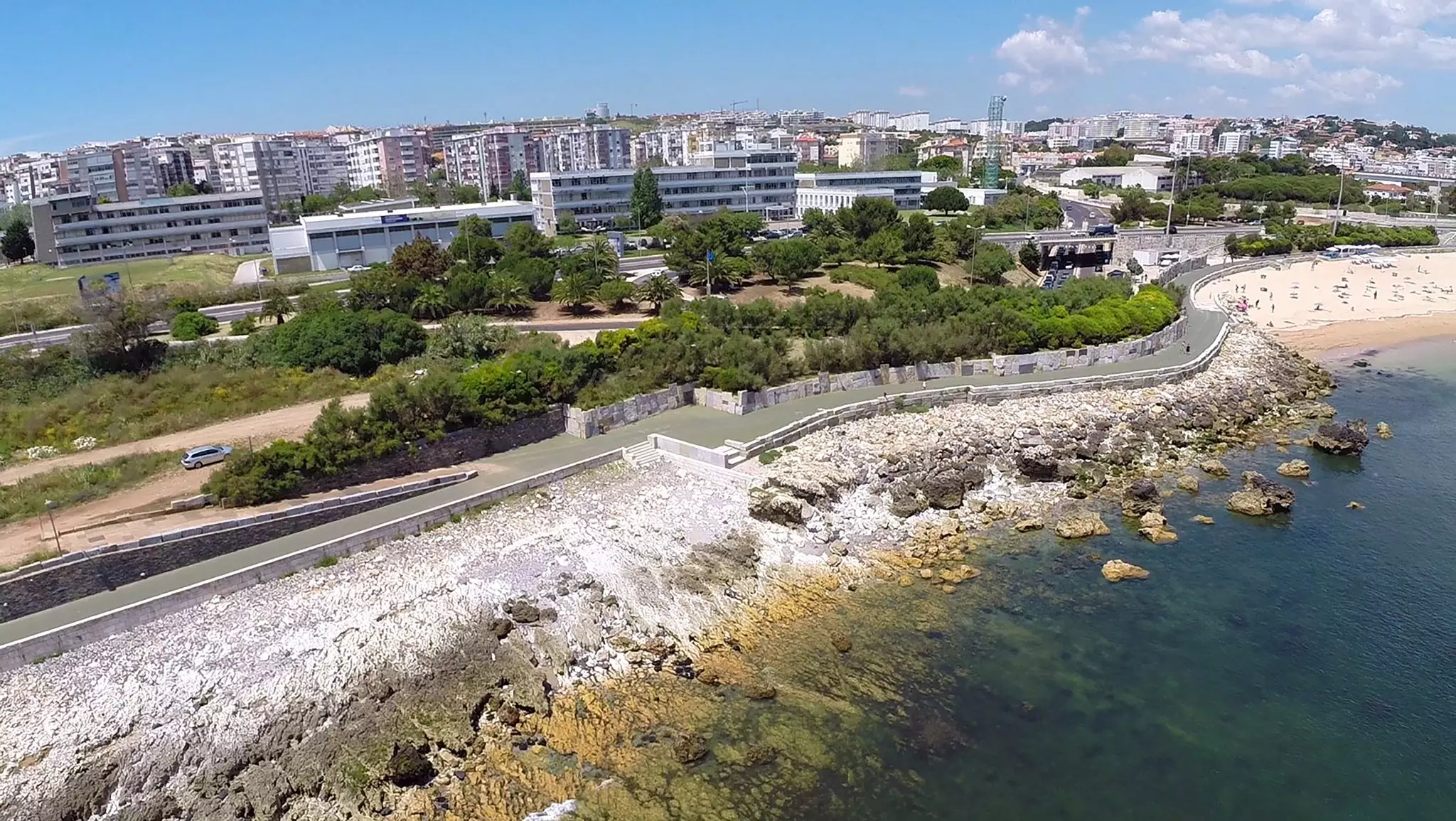
Oeiras to rehabilitate Quinta Da Cartuxa
Agreement with the State transfers ownership to the Municipality, which plans to create a Contemporary Art Centre on the site.
The efforts of the Municipality and the negotiations with the Central Administration were successful: Quinta da Cartuxa, in Caxias, is now in the possession of the Municipality of Oeiras that will carry out its rehabilitation and recovery, making it available for all. The investment will be, for now, 7.5 million Euros.
The agreement reached with the State last December (2020) culminated with the signing, on February 17th 2021, of the transfer of use agreement for the Quinta da Cartuxa estate. Convent, Church of Cartuxa and adjacent land, a total area of 12.4 hectares, thus become the possession of the Municipality of Oeiras for a period of 42 years, with the goal of guaranteeing the rehabilitation and preservation of a heritage that has long been neglected – with the exception of the Church, designed by Carlos Mardel in the 18th century and that is still in use.
In addition to the investment in the restoration of heritage, the project envisaged for the rehabilitation of Quinta da Cartuxa foresees the creation of a Contemporary Art Centre, with a programme of Art-related activities that includes a residence for artists.
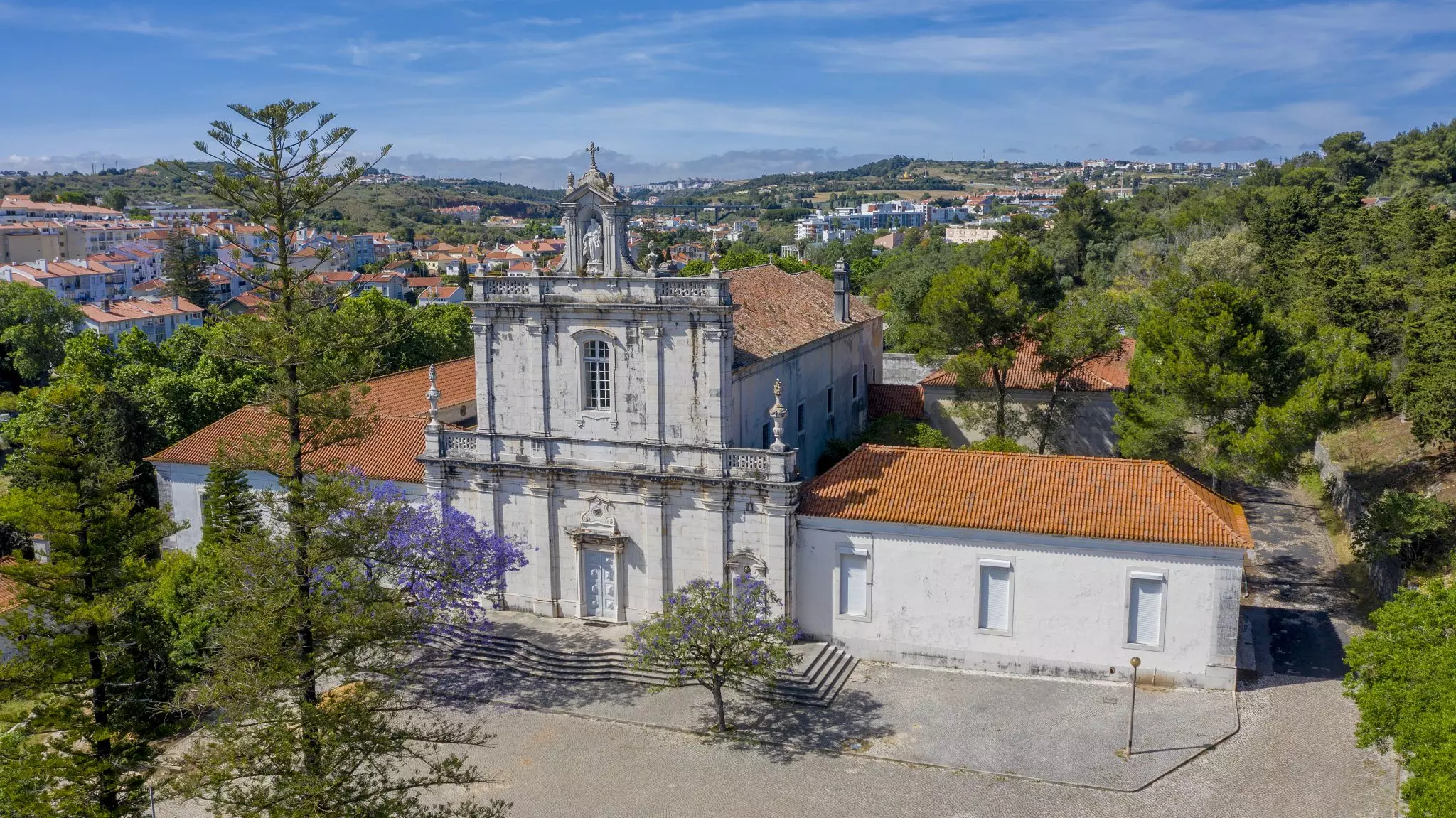
Oeiras candidate for European Capital of Culture
The Municipality of Oeiras has launched a new brand: ‘Oeiras 27’, a project that is the basis of the candidacy for European Capital of Culture.
‘Oeiras 27’ rests on five strategic axes: Oeiras, Urban Ecosystem; Oeiras, Capital of Poetry and Portuguese-Speaking Cultures; Oeiras, Capital of Arts and Creativity; Oeiras, Capital of Cultural Heritage; and Oeiras, Capital of Maritime Heritage.
This framework comprises the construction of the Linda-a-Velha Cultural Centre, with a concert hall for 1400 people, the Paço de Arcos Congress Centre, the Porto Salvo Creative Industries Hub and the ew Castro de Leceia Interpretive Centre.
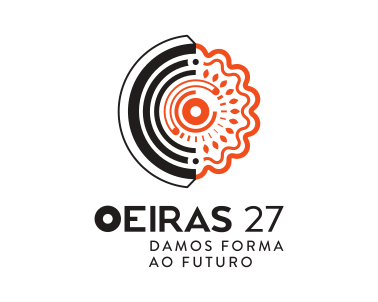
The project also includes the rehabilitation of the Convent of Cartuxa (Caxias) to receive an International Centre for Contemporary Arts, of the Bateria do Areeiro (Oeiras) for a museum project in the field of coastal fortifications, of the Fábrica de Cima in the Gunpowder Factory (Barcarena) for a centre in the field of cinematographic, performing and visual arts, and of the National Agronomic Station (Oeiras) for a range of uses in the areas of culture and gastronomy.
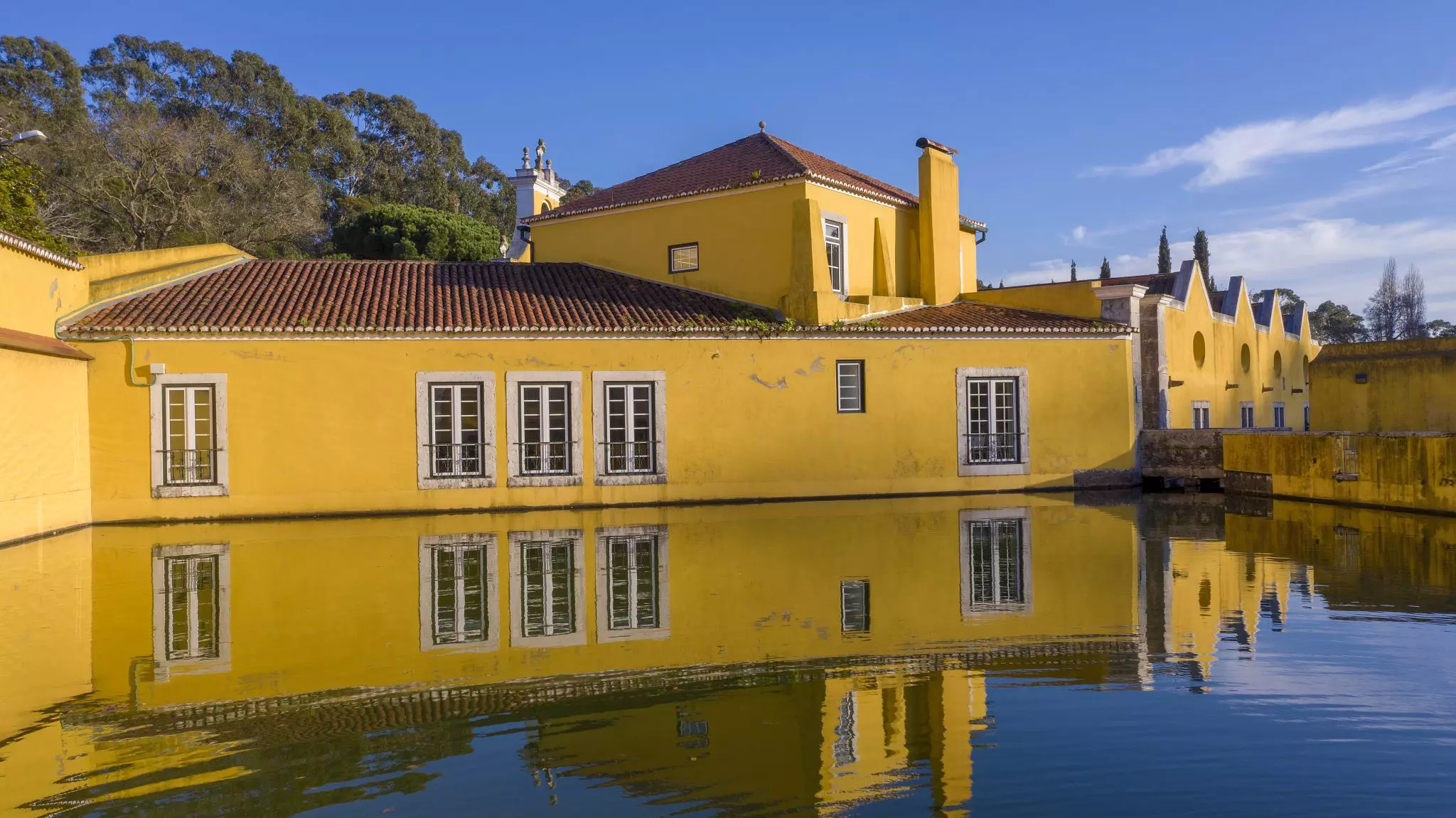
For the Marquês de Pombal Palace, in Oeiras, is planned the creation of a museum in the fields of Arts, Sciences and Technologies and for the Parque dos Poetas/Templo da Poesia the development of a systemic programming in the area of poetry.
Squares will be created and/or restructured in different parts of the municipality to act as agglutinating centres and sites for cultural events, to which new technologies will give even greater breadth – through the transmission on large format screens, for example.
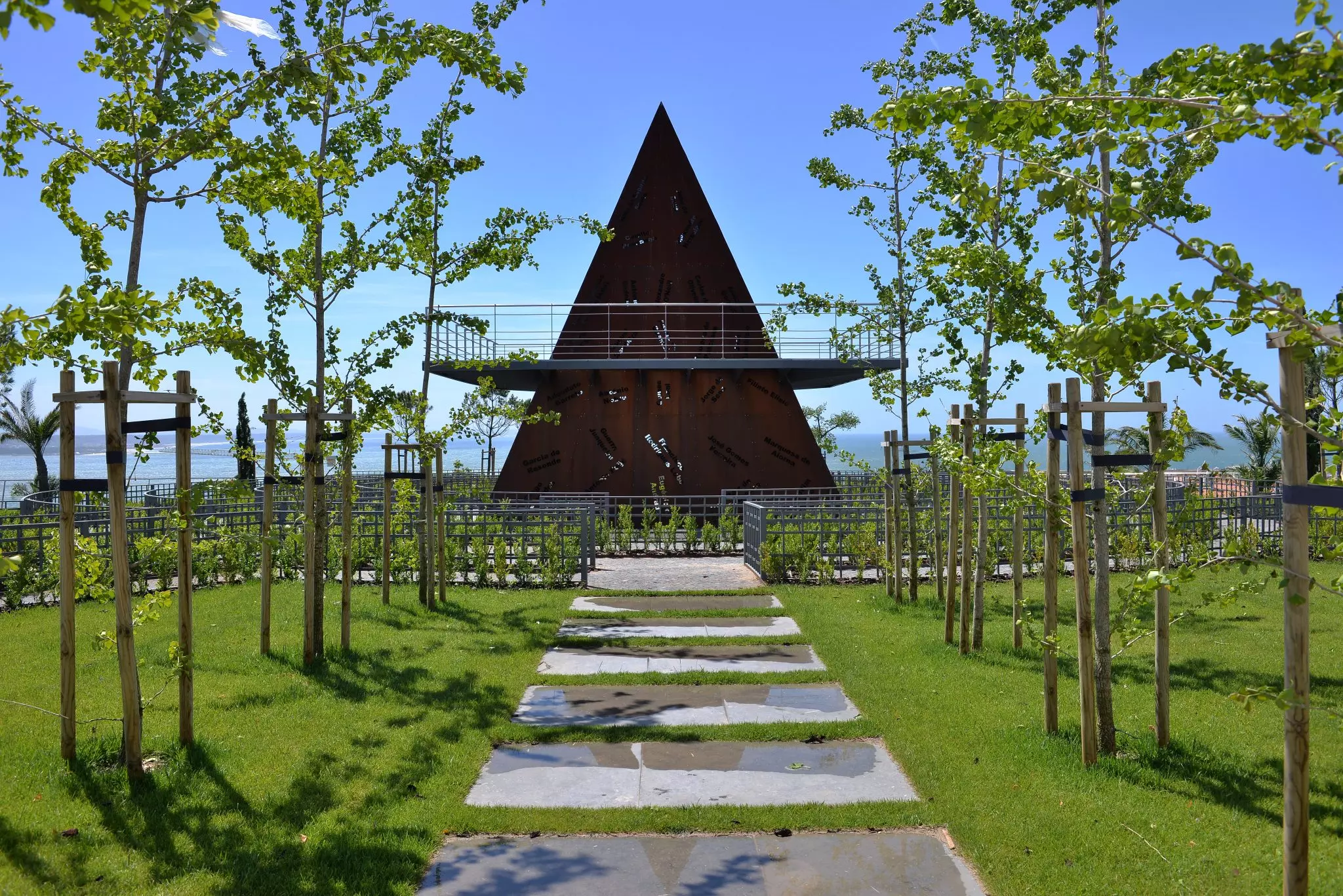
For the Mayor, Isaltino Morais, “over the next ten years, all these projects will transform the municipality of Oeiras, with its 46 km2 , in the city of Oeiras – a polynucleated city, built around Culture and that we want to project nationally and internationally as a space for Art, Science and Technology, contributing to the enhancement of the Lisbon Metropolitan Area and the Country”.
With a program unanimously approved by the Municipal Executive and the Municipal Assembly, ‘Oeiras 27’ is meant to happen, regardless of whether Oeiras is chosen as European Capital of Culture, although that is, of course, a goal to be achieved.
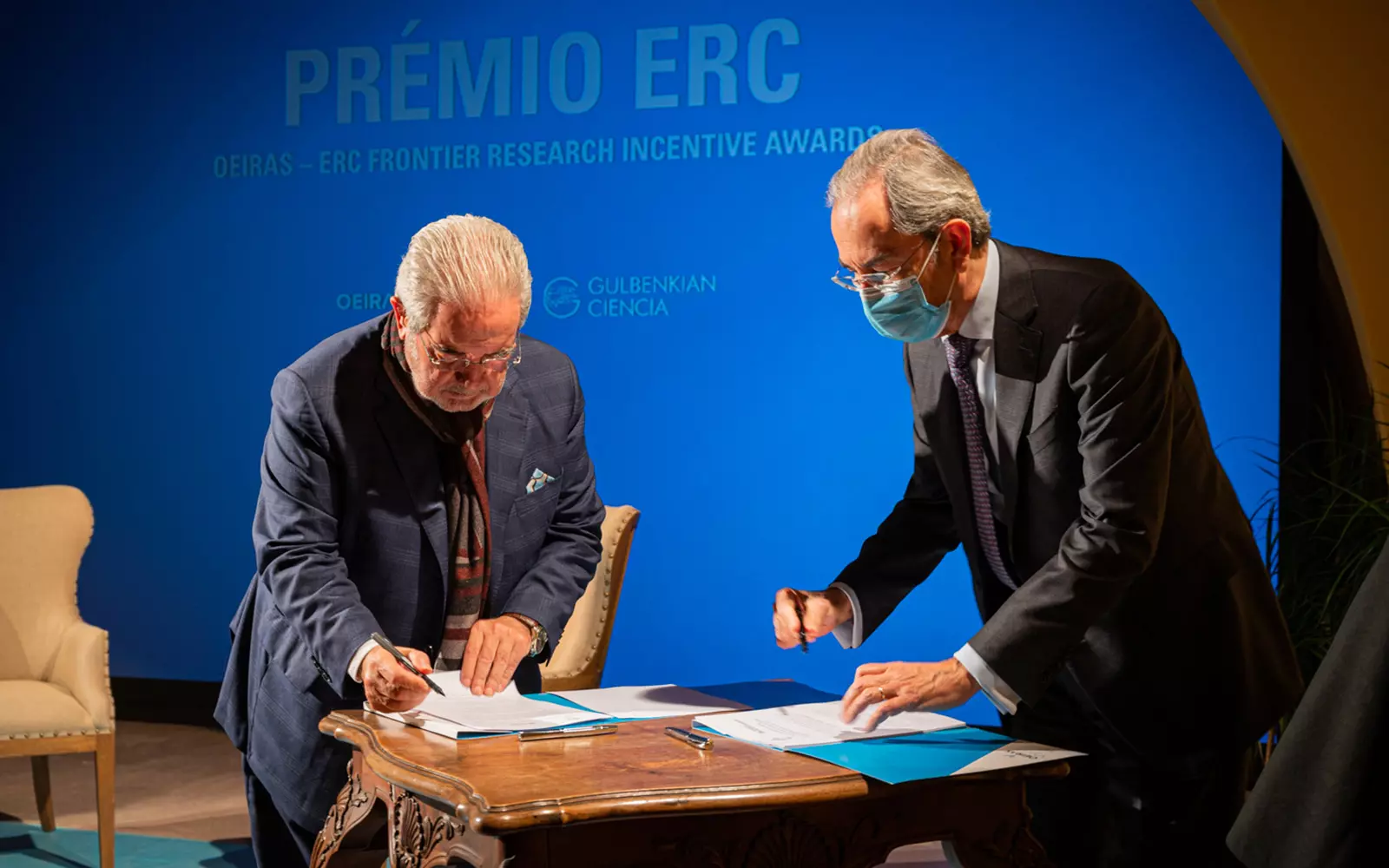
ERC Frontier Research Incentive Award – Financed by the Municipality of Oeiras, this award aims to increase the attractiveness of Portugal to doing Science
The winner of the 1st edition of the Oeiras – ERC Frontier Research Incentive Awards (Prémio ERC-Oeiras) has been announced. The distinction was awarded to Miguel Soares, head researcher at the Instituto Gulbenkian de Ciência, who has distinguished himself in the study of tolerance to disease, sepsis and malaria, and who will receive an award of 240 thousand Euros.
“This award acknowledges the merit of his project submitted to the European Research Council (ERC), allowing him to continue the research work on infectious diseases caused by viruses, bacteria or parasites, such as sepsis, one of the main causes of death at a global level”, emphasizes a statement from the Municipality of Oeiras, which finances ERC-Oeiras.
The Oeiras-ERC Award, created under a protocol signed between the Municipality of Oeiras and the Calouste Gulbenkian Foundation, is meant for researchers who do or plan to do their research in institutions in the Municipality of Oeiras and who have submitted candidacies considered excellent by the ERC but that received no funding due to unavailability of funds.
This award will thus allow researchers to continue their cuttingedge research, committing themselves to submit a new proposal for ERC funding within two years.
It should be noted that, in 2020, only 818 proposals out of a total of 6,320 applications were selected and funded by the ERC. Within the scope of this initiative, 13 Grants were awarded to Portugal and some proposals classified as excellent were not financed due to lack of funds, including the winner of this 1st edition of the ERC-Oeiras Award.
In the meantime, the 2nd edition of the ERC-Oeiras Award is already underway and will focus on ERC procedures which results will be announced during 2021 and early 2022. Applications are open for researchers from all scientific areas who have applied for or come to apply for ERC funding and who reach the second phase of the selection process.
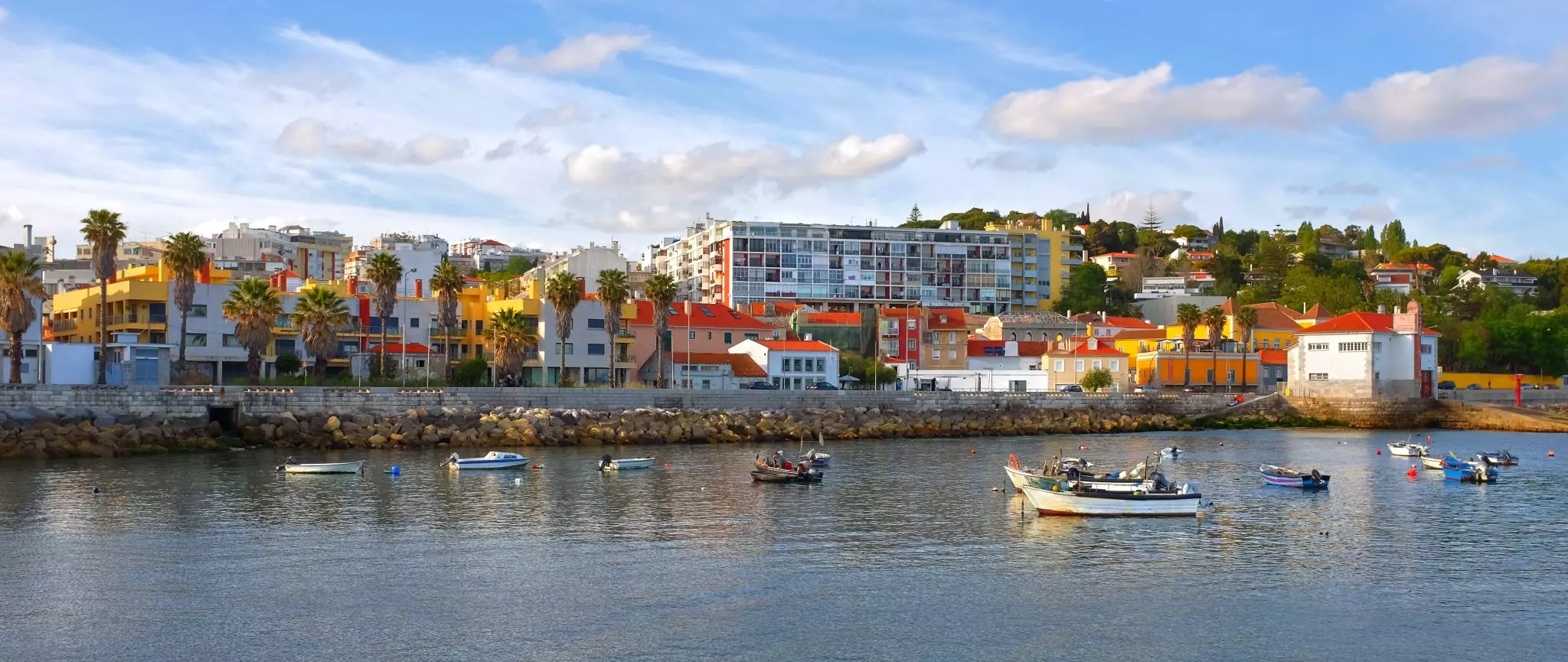
WHY OEIRAS?
Business, Science and Technology Parks
• CAMPUS AGROTECH
• TAGUSPARK
• ARQUIPARQUE
• LAGOAS PARK
• QUINTA DA FONTE
R&D Institutions
• ITQB
• IBET
• INSTITUTO GULBENKIAN DE CIÊNCIA
• INIAV
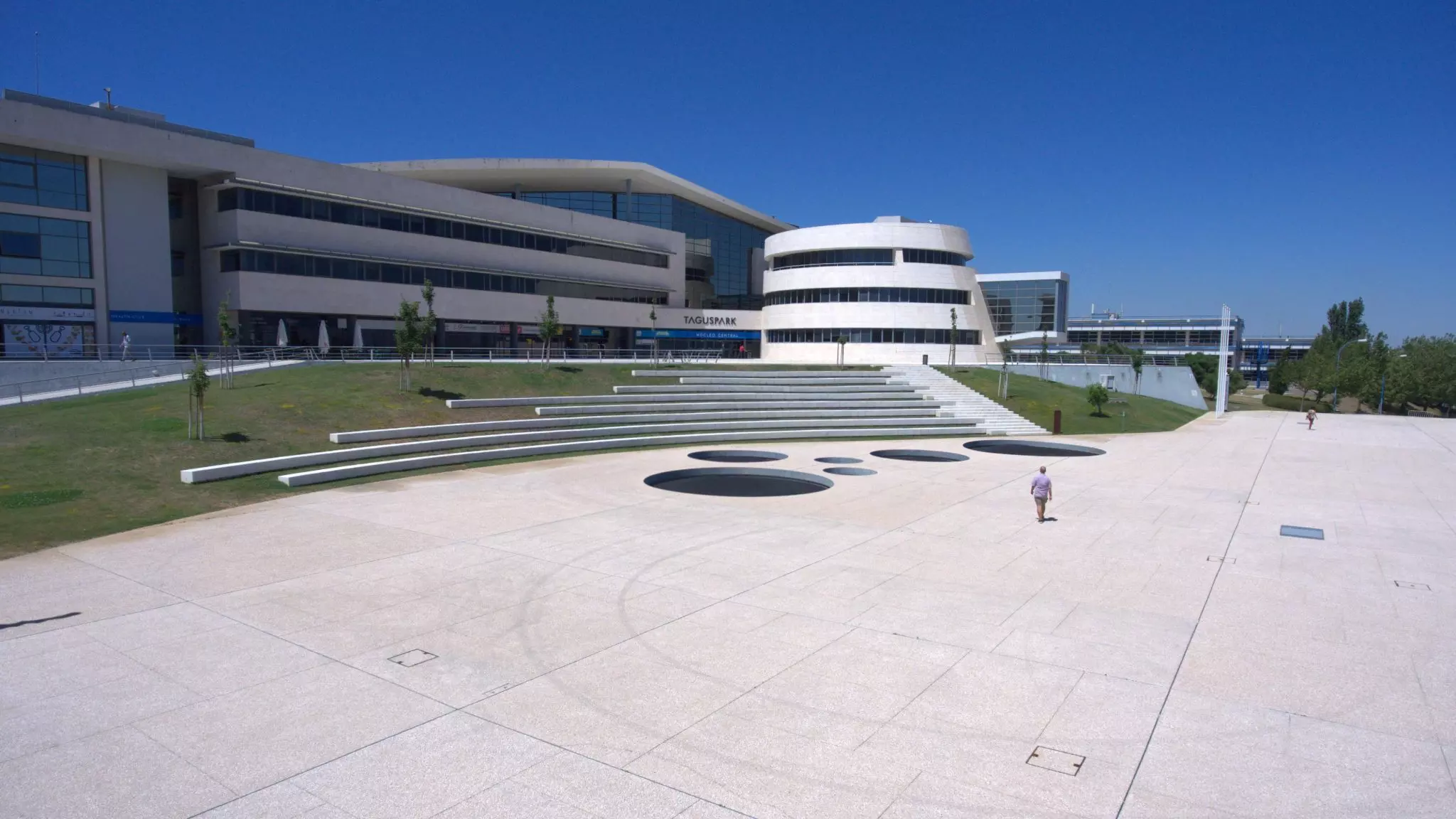
Portuguese Reference Centre for Higher Education
• Universidade Nova de Lisboa – Instituto de Tecnologia Química e Biológica António Xavier
• Universidade de Lisboa – Faculdade de Motricidade Humana
• Universidade de Lisboa – Instituto Superior Técnico (Taguspark)
• Escola Superior Náutica Infante D. Henrique
• Atlântica – Escola Universitária de Ciências Empresariais, Saúde, Tecnologias e Engenharia
• Escola Superior de Saúde Atlântica
• Academia de Comunicações e Informação da NATO
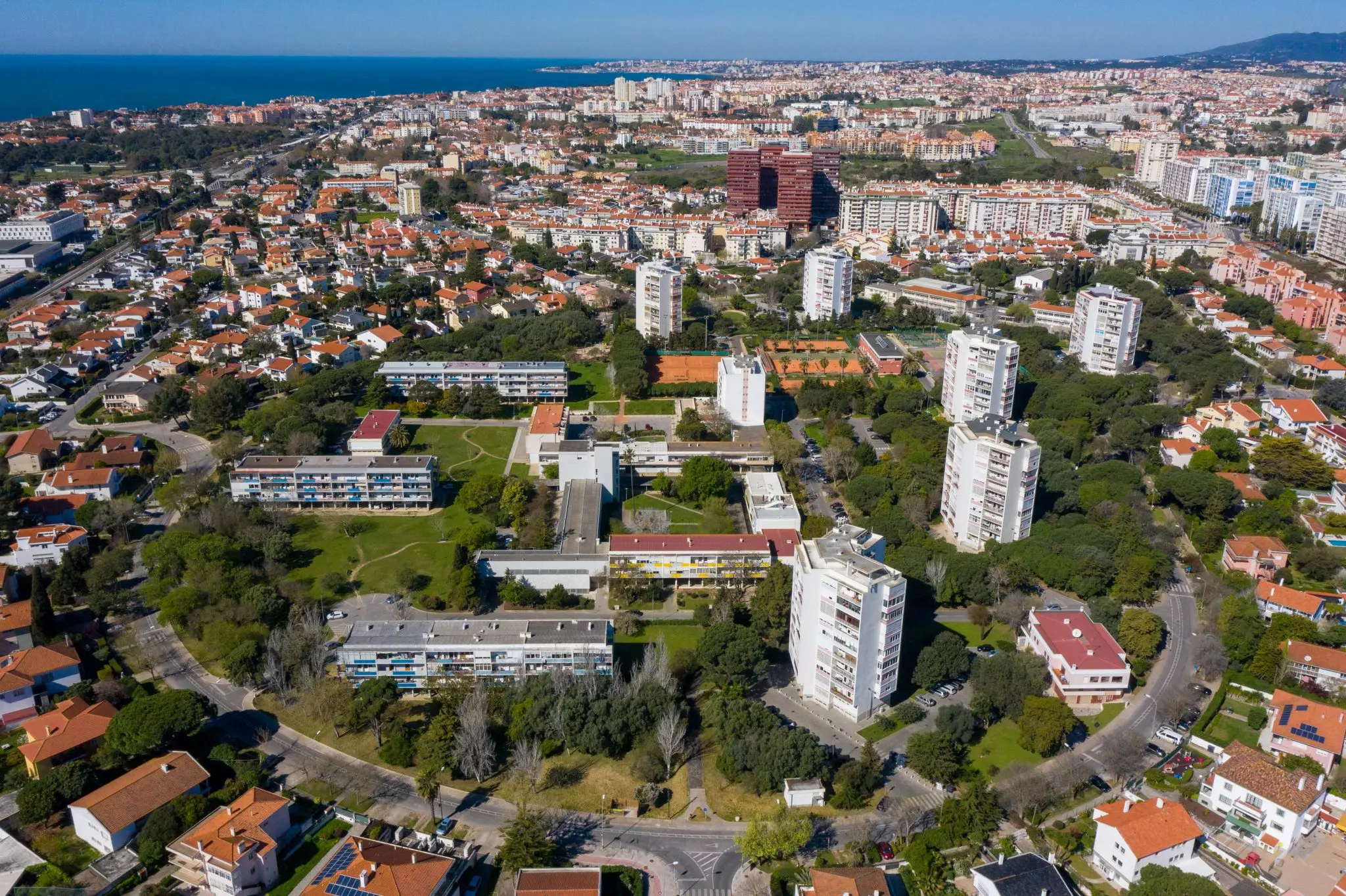
Privileged Location
• Centrality/proximity to Lisbon
Education
Oeiras has excellent educational results. The average percentage of population with higher education is well above both the national average and the Lisbon Metropolitan Area average.
In 2017, 22% of students enrolled in Higher Education establishments located in the Municipality of Oeiras attended the Master’s degree and 6.6% the Doctorate programme.
In 2018, among students in Secondary Education in Oeiras schools who took national exams, 168 obtained a grade of 19













